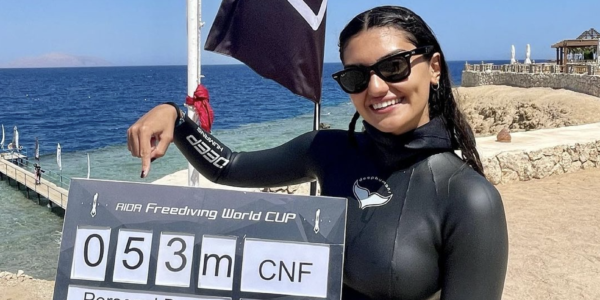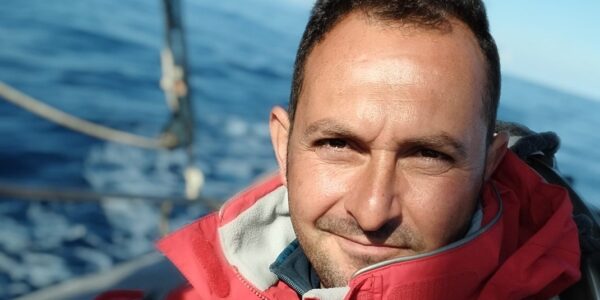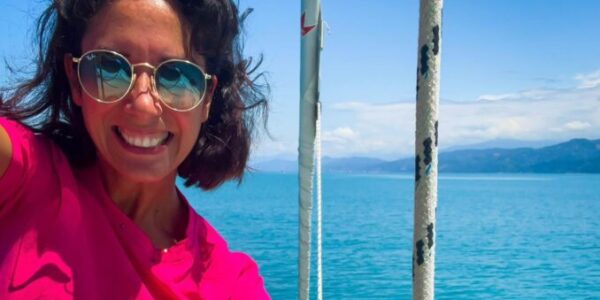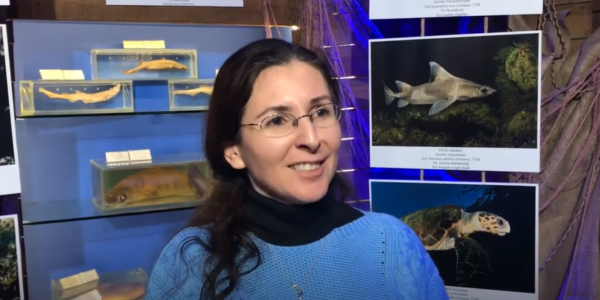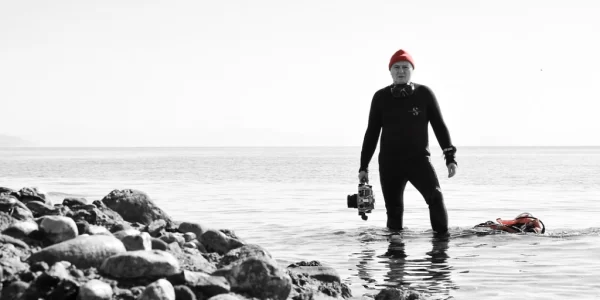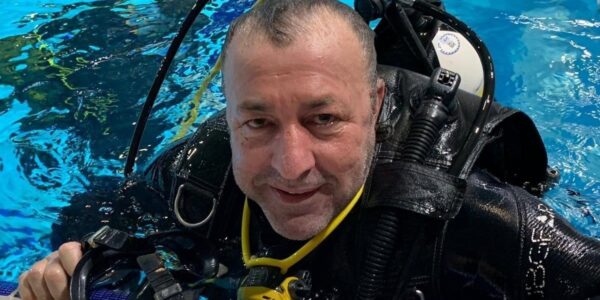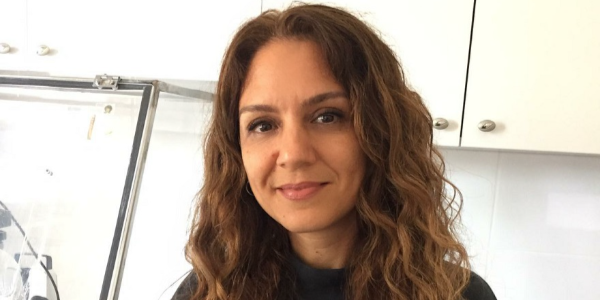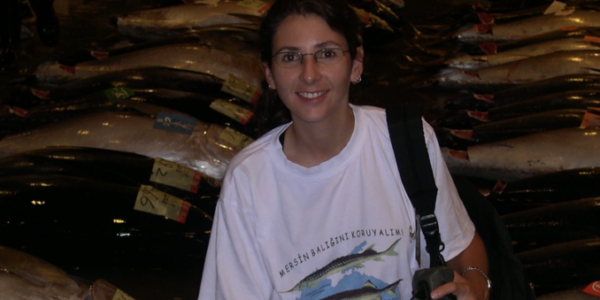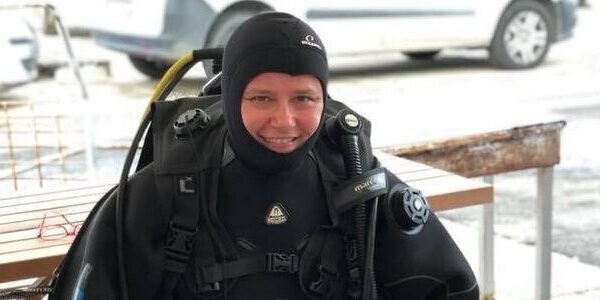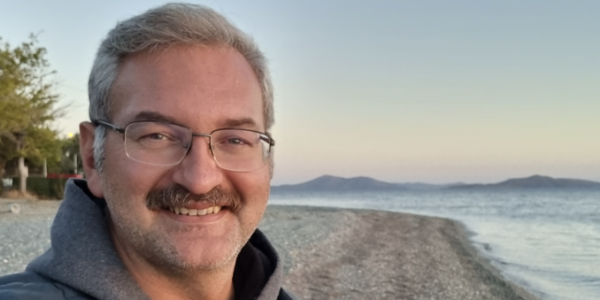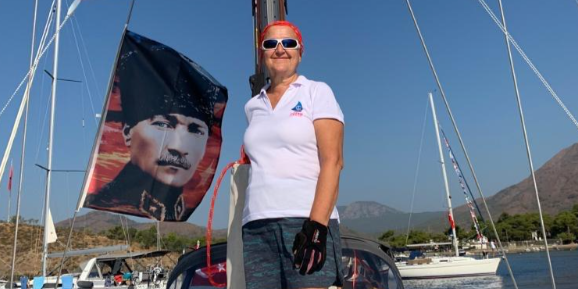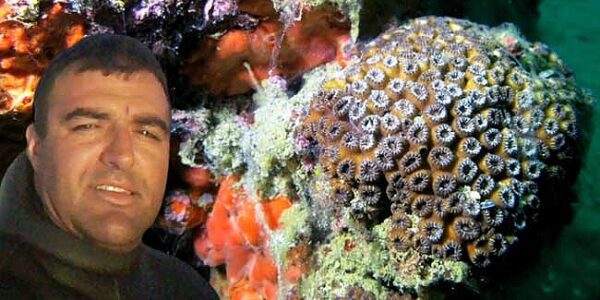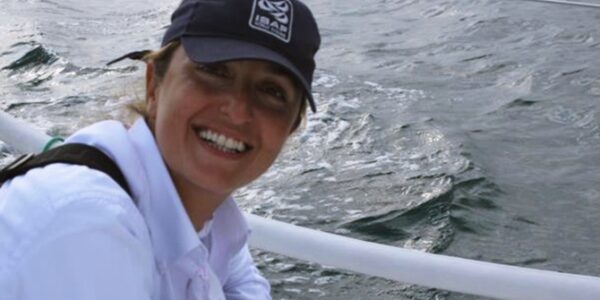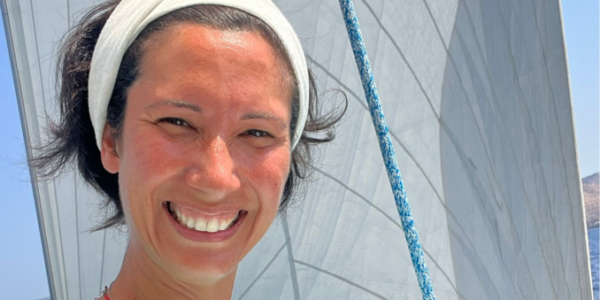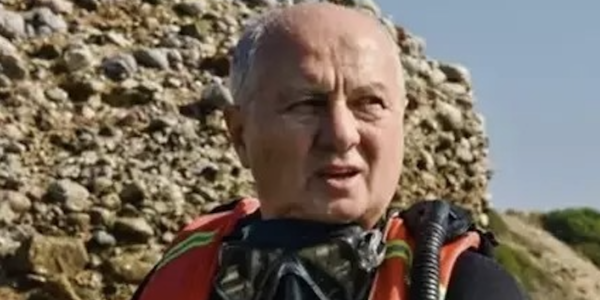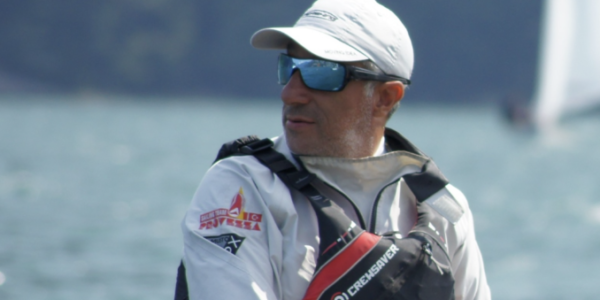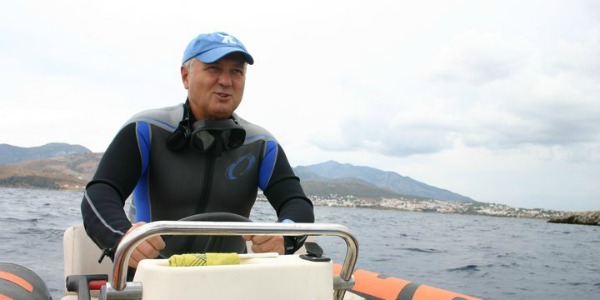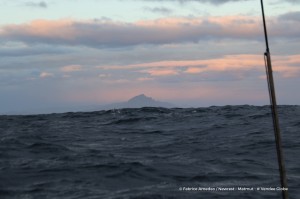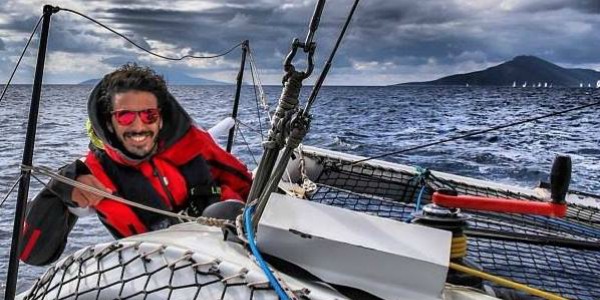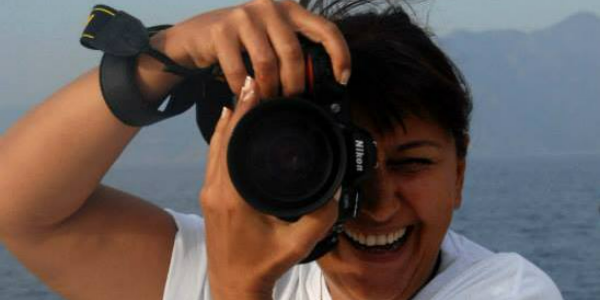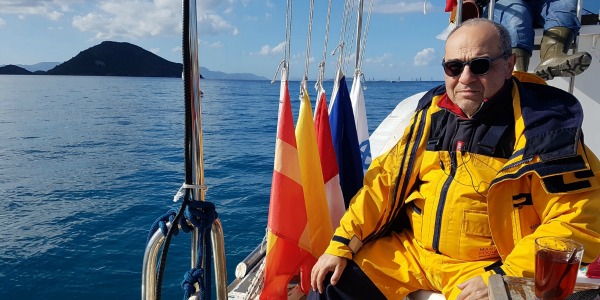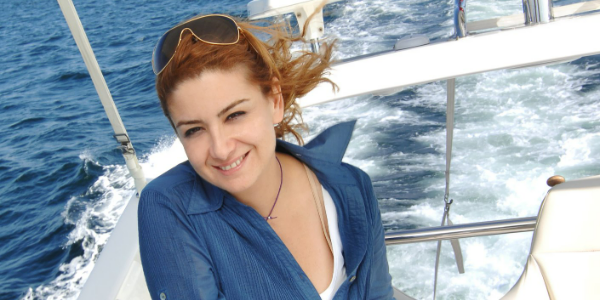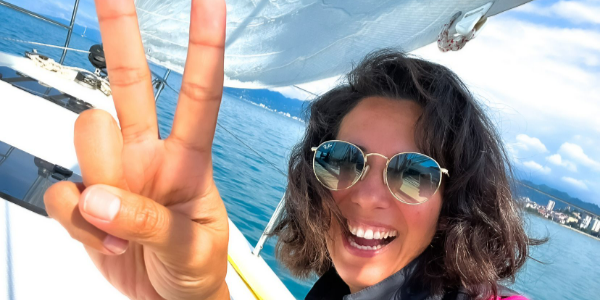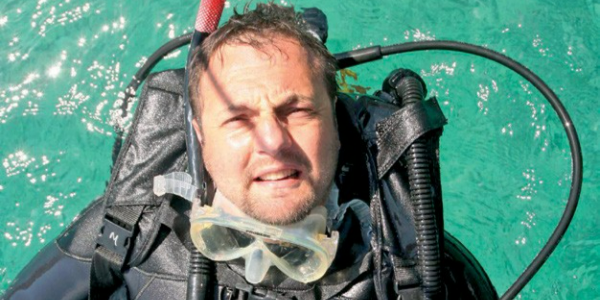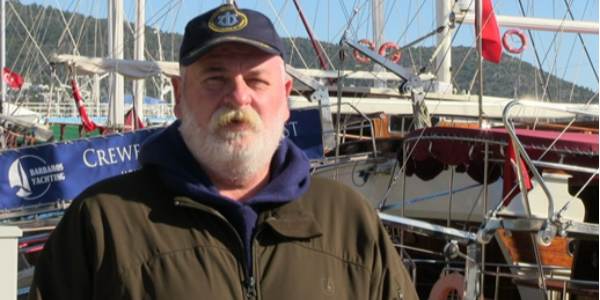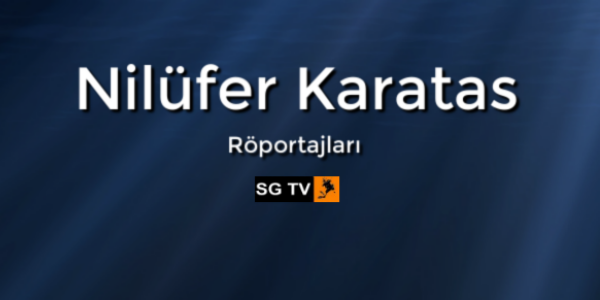The Notice of Race for the Vendée Globe specifies the classical round the world race course, that is to say descending the Atlantic southwards before passing the three ‘Great Capes’ – the Cape of Good Hope, Cape Leeuwin and Cape Horn on the left before climbing back up the Atlantic to return to Les Sables d’Olonne to complete the racing circumnavigation.
Each successive cape holds a different meaning to the solo racers, and the attributes and moods of each are different, but in every case each represents a significant milestone.
Good Hope, not so well named?
At the southern tip of Africa passage past the the Cape of Good Hope marks the entry into the Indian Ocean and the beginning of a month of racing in the Southern Ocean. Usually by now the fleet has already had a taste of what is to come in the ‘big south’ as they have aready plunged south in the so called Roaring Forties. But the passage into the Indian Ocean marks a psychological marker, the door into the southern oceans and first timers often feel some trepidation and fear here. In 2008 Yann Eliès wrote just days before his accident : “The adventure changes now into a fight, like proper hand-to-hand combat. The Indian is a brave warrior and us poor cowboys should not underestimated the wild instincts of this ocean.” It is called Good Hope after the Portuguese sailors who were heading to India and the Cape marked the time they could start making east and not south towards what lay ahead for them in India.
As they pass the longitude of the Cape of Good Hope the Vendée Globe sailor knows he or she is facing up to a long month in the south where the low pressure systems are relentless and their will be no company other than the Petrels and the Albatrosses. They are entering what Titouan Lamazou called “the land of shadows. ”
Leeuwin, the not so glamorous
At the southwestern tip of the Australian continent, Cape Leeuwin is not such an inspirational landmark fo the solo sailors on the Vendée Globe. First of all that is because the direct course passes many hundreds of miles south of Australia but also because the real transition between the Indian and Pacific Oceans lies at the longitude of Hobart, Tasmania. So Leeuwin does not mean as much for the sailors of the Vendée Globe except its a key stage on the intermediate rankings. And, as ever, to pass Leeuwin in the lead is to mark a little more domination of the fleet.
Horn, the big one
Cape Horn is still the big, big one on the Vendée Globe. Passing the famous rocky cape is to break out of the Pacific and back into the final climb up the Atlantic. To cross Cape Horn is always a deliverance even if the Atlantic does not always mean safety and security. Fatigue affects the sailrs and the equipment now and big headwinds and gales of wind along the Argentinean coasts can often be trying and dispiriting. But the passage of Cape Horn is an important ritual, a significant moment in any sailors career, one which joins them to the historic sailors of old on the three-masted schooners and clippers. The mythology of the Horn is founded on stories of seamen buffeted by the southern storms, tall ships attempting to cross the Drake Strait from the prevailing winds, sometimes taking up to four months to get around. The sailors of the Vendée Globe join the same legend.
Finally, to cross the Cape Horn in the lead is usually a sign of a final victory to come. The exception was in 2004-2005 when Jean Le Cam was trapped by calm just after Tierra del Fuego and lost a lead of more than 200 miles that he held on Vincent Riou. Otherwise the first to pass the Horn has always won into Les Sables d’Olonne.
Source: Vendee Globe
